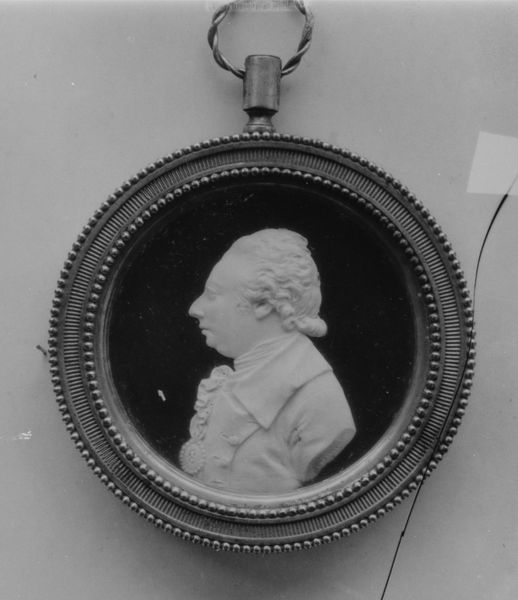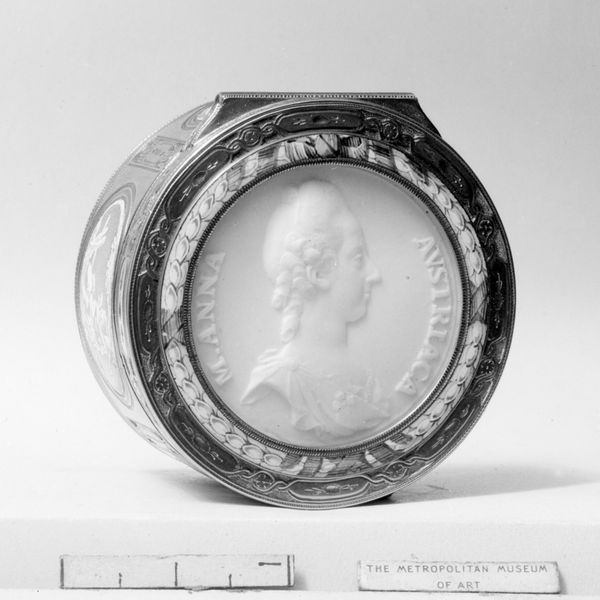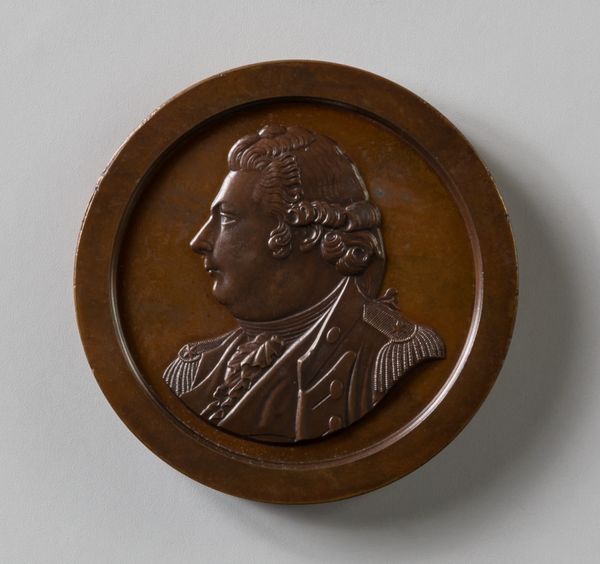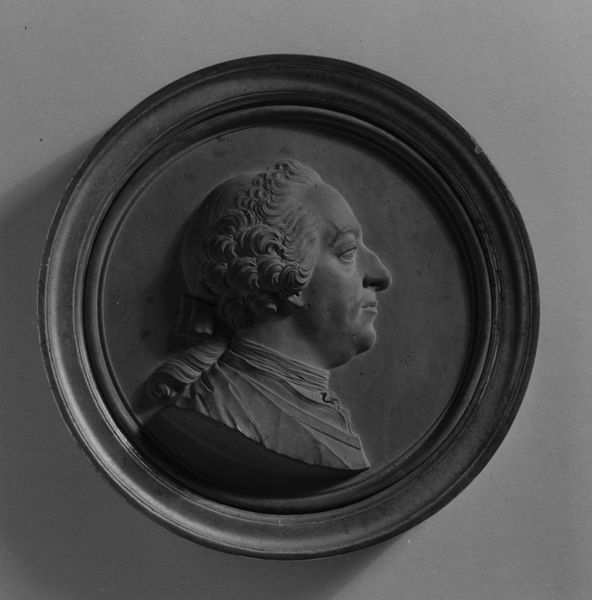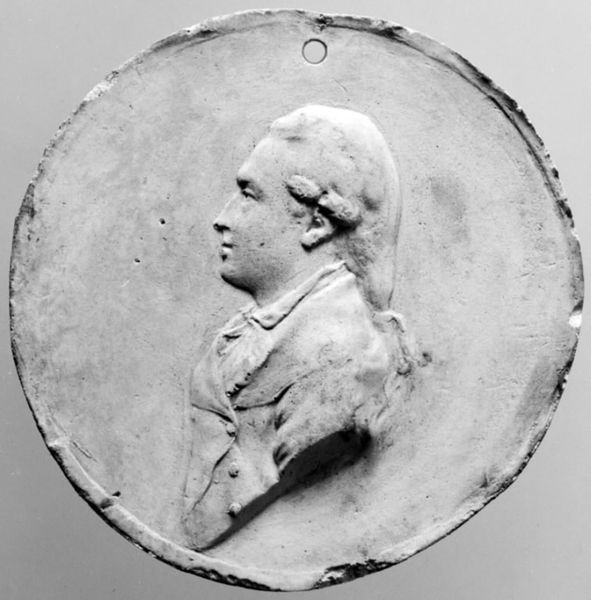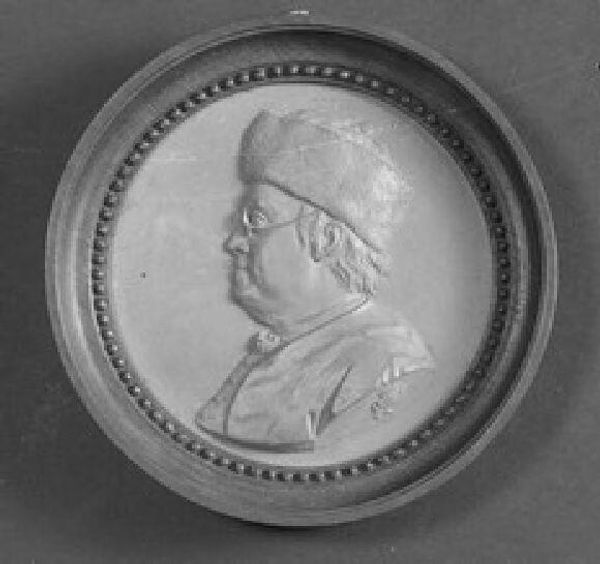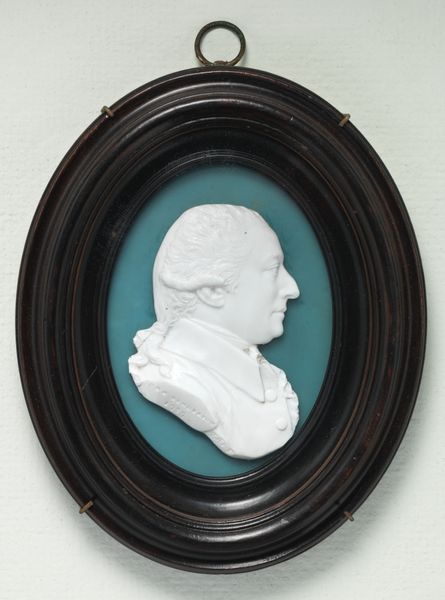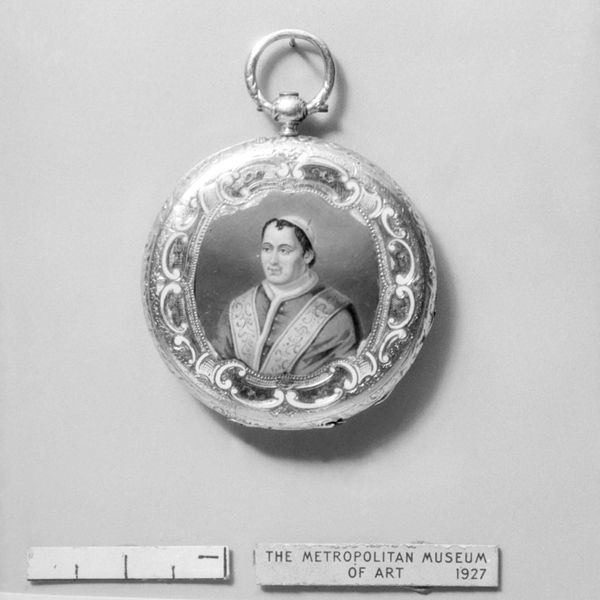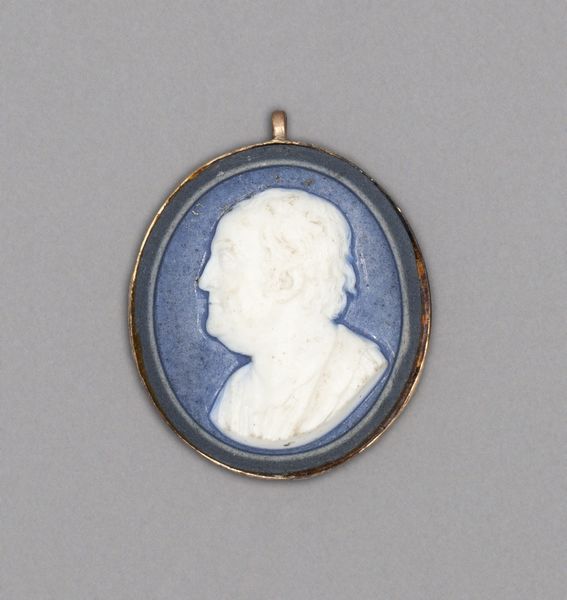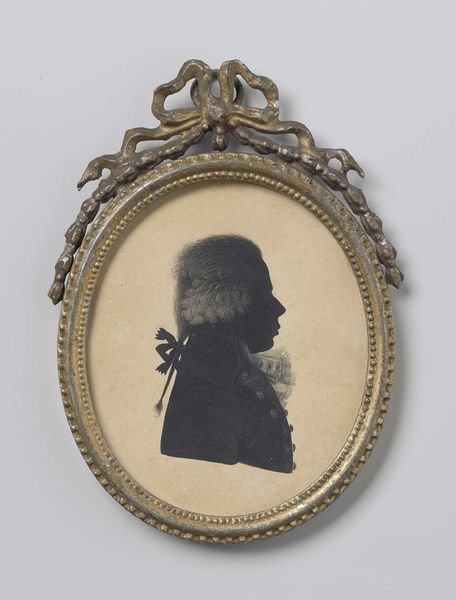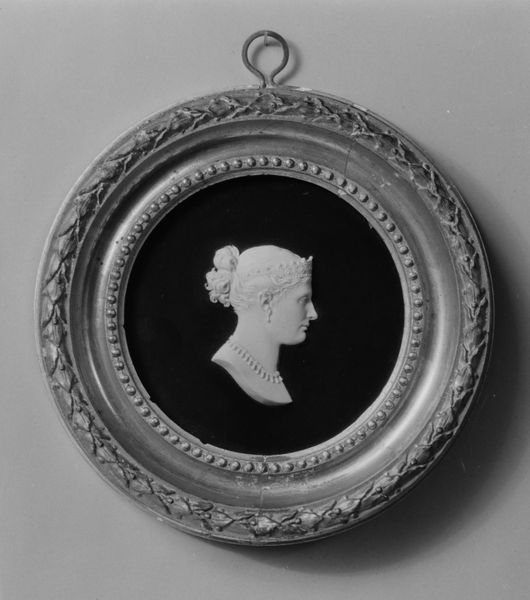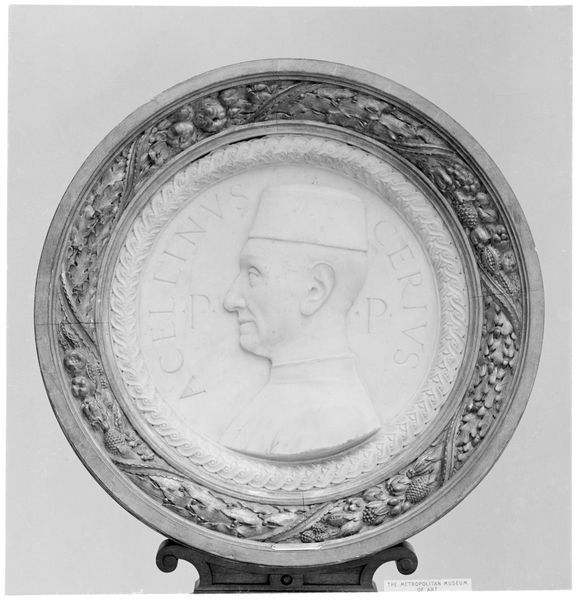
painting, sculpture
#
portrait
#
neoclacissism
#
painting
#
sculpture
#
sculpture
#
decorative-art
#
miniature
Copyright: Public Domain
Editor: Here we have “Box,” crafted sometime between 1785 and 1799. What strikes me is the miniature portrait set within its lid. It’s exquisitely detailed despite its size. How would you interpret this piece? Curator: We must appreciate it for its masterful interplay of form and line. Observe the precise, almost mathematical, structure of the box itself—the neat striations, the defined borders of the frame. Do you see how the circular frame containing the portrait echoes and contains the subject? The subject himself projects through that contained portrait; what might we deduce about its social context? Editor: That's a very interesting take, about how the subject appears contained and is framed with social context, a status symbol for those times. Curator: Precisely. This “Box” offers more than a likeness; the sharp precision with which his likeness has been rendered within that tight space, this tells us something about how power and social identity were materially conceived and circulated. Consider too the color palette-- predominantly monochromatic to reinforce the geometry. Editor: I didn’t consider how much the limitations of the colour serve a particular emphasis! I thought it was just because they didn't have color photos or painting at the time. Curator: The very constraint is itself a form! Through its rigid formal structure and subtle textures, it invites consideration of order, containment, and perhaps even control within the aesthetics and the person contained, of that period. Editor: I see it now. The formalism highlights the portrait’s societal significance more than just aesthetics! Thanks, Curator. Curator: And you, Editor; the dialogue with the object now finds us considering not just "what" but "how" a thing signifies.
Comments
No comments
Be the first to comment and join the conversation on the ultimate creative platform.
